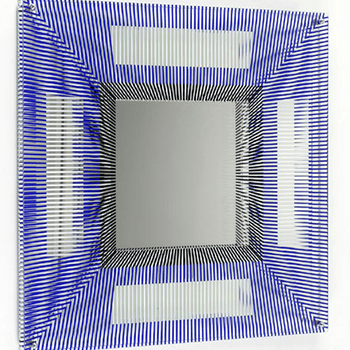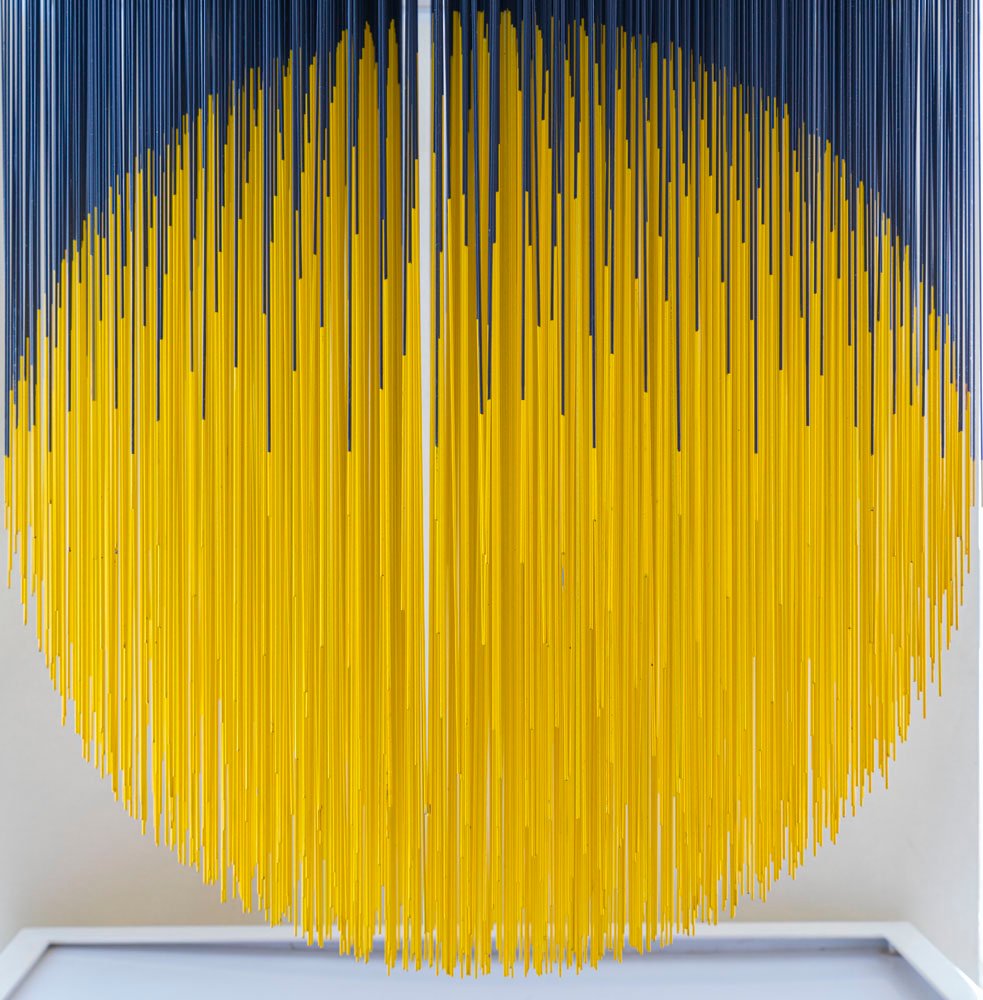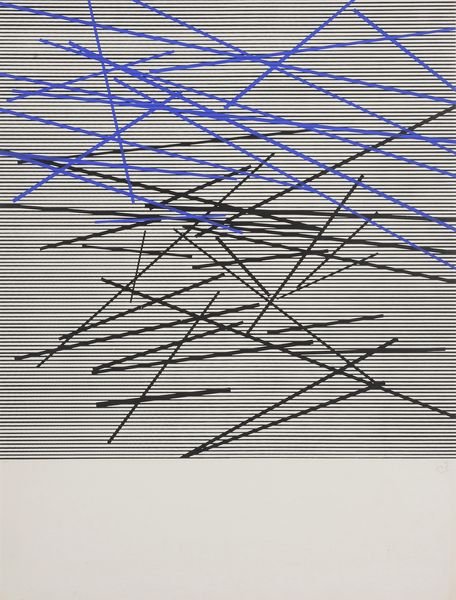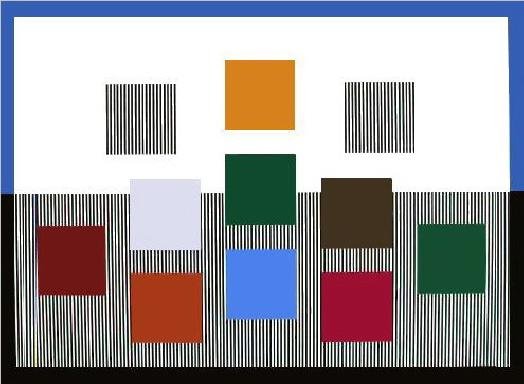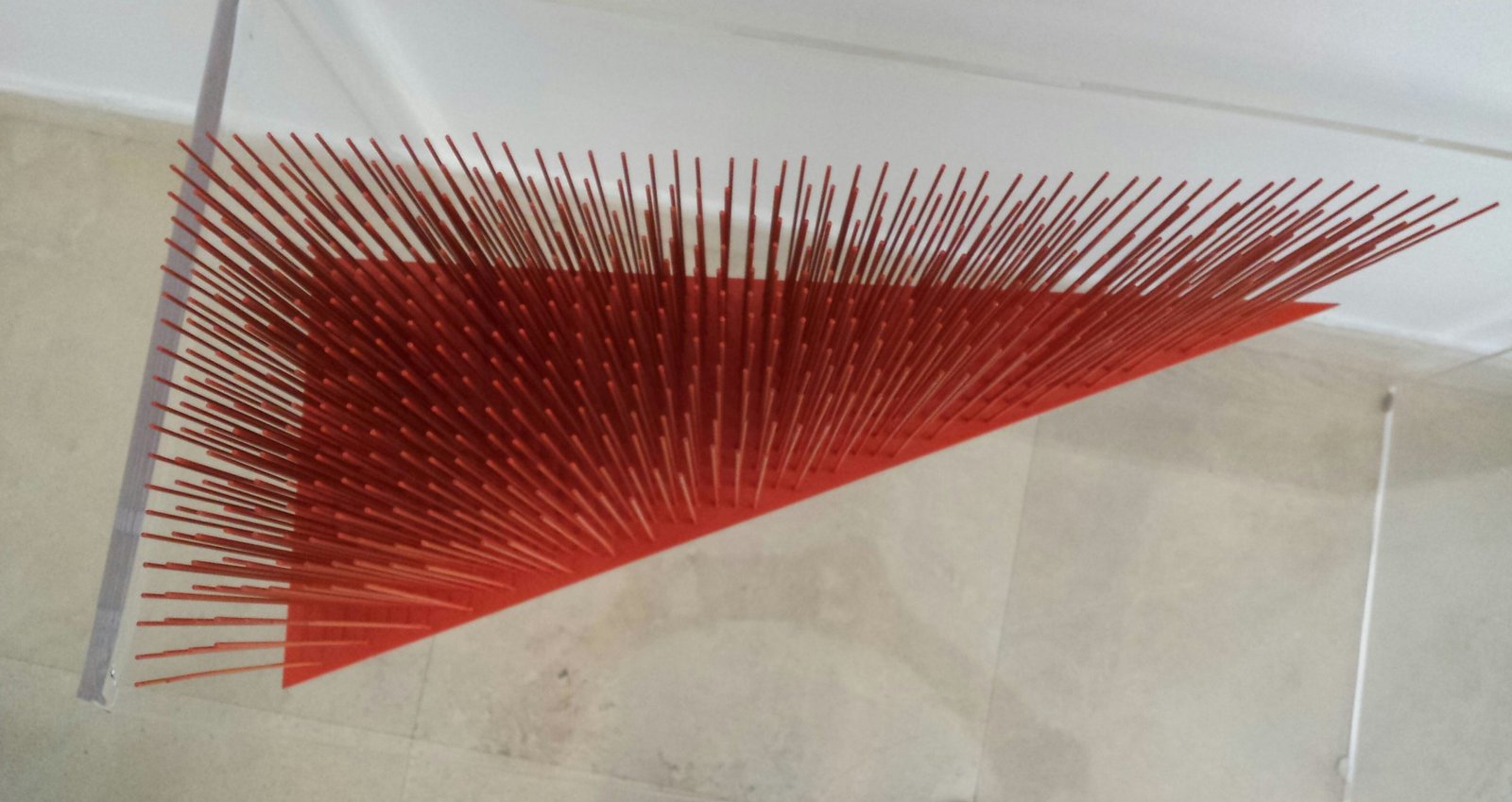JESÚS RAFAEL SOTO
1923. Ciudad Bolivar. Venezuela

Jesús Rafael Soto
Jesús Rafel Soto is, alongside Carlos Cruz-Diez, one of the most prominent figures in Latin American Kinetic and Abstract Geometric art.
He began his outstanding art career as a painter, inspired by Cubism and Cézanne’s construction and deconstruction of space and objects, but soon became interested in geometry and the Constructivist movement, shifting his early paintings from figurative to abstract. He then began working with space and three-dimensional assemblages and sculptures.
For Soto, the most important function of art was to stimulate a reaction and a thought. He soon left the two-dimensional plane to become interested in the behavior of lines in space, their movement and instability, and began hanging wires in front of paintings to conduct experiments into vibrations and perception.
Along with rigorous planification, many of his works evidence the capacity for the unexpected to happen, the inexorable change of one moment to another, from one person to other, the transformation of both, the work of art and the viewer. His works also involve the viewers’ experience to complete the optical or physical phenomena of movement. Among the most important of his works are the “Writings” and the “Penetrables”.
In the latter, Soto was concerned purely with the spectator’s experience, by allowing him to make the work move with his body, penetrating the large scale works made with strings and plastic flexible tubes. This interaction between the viewer and the line formed the core of his work.
Soto created an outstanding body of work that comprises interactive monumental sculptures, architectural interventions, as well as small pieces, assemblages and paintings, where the phenomena of the interaction and the inseparable connection between the work of art and the viewer are constantly present.
Soto moved to Caracas in 1942 to study art in the Escuela de Artes Plásticas de Caracas, where he met Alejandro Otero, Carlos Cruz Diez and Mercedes Pardo. In 1947 he transferred to Maracaibo to direct the Escuela de Bellas Artes before moving to Paris in 1950 on a six-month scholarship.
He remained in Paris thanks to his musical skills, as he played guitar and sung for a living. In 1951 he took part in the exhibition Espace-Lumiére organized by Carmelo Arden Quin at the Galerie Suzanne Michel, which marked the beginning of one of the most prolific careers of any abstract geometric artists.
His major exhibitions have included a 2013 retrospective at Musee National d’Art Moderne, Centre Pompidou, and solo exhibitions at the Museo de Arte Contemporáneo de Caracas, Museo de Arte Moderno de Bogotá, Solomon Guggenheim Museum in New York, Fundación Proa in Mexico, and The Museum of Fine Arts in Houston, USA, among others.
His works are represented worldwide in major collections such as Tate Gallery in London, MoMa, New York; the Hirshhorn Museum and Sculpture Garden in Washington DC, the Joseph Albers Museum in Germany, the National Gallery in Victoria, and the Tel Aviv Museum of Art in Israel, to name a few.
